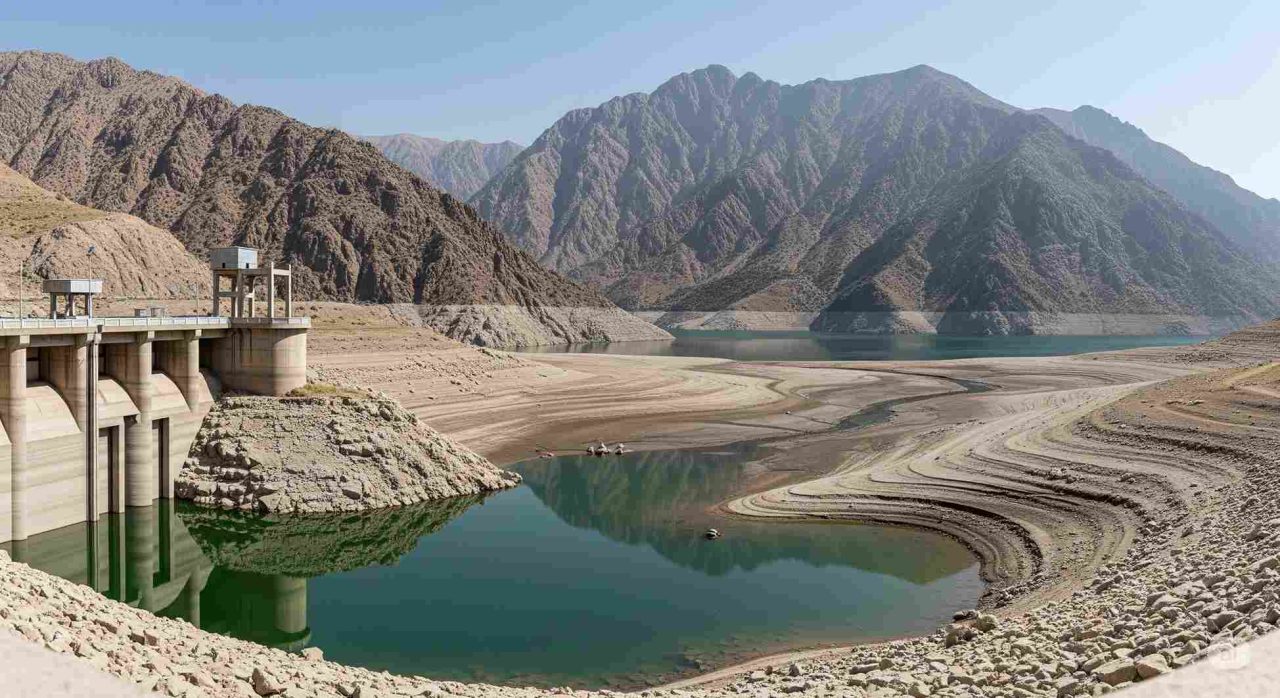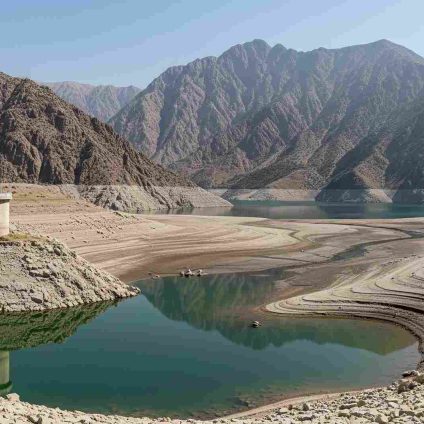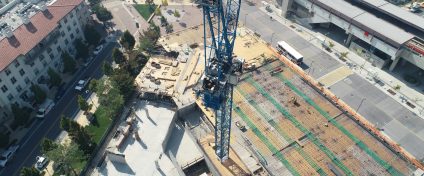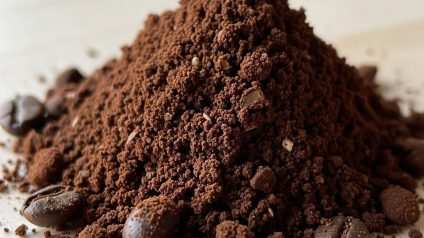The Iranian capital is facing a critical water emergency. With dams nearing depletion, Tehran could run out of water by September, government officials warn.

Reservoir levels continue to fall across Iran
Iran may run out of water within weeks. Iranian President Masoud Pezeshkian warned that the country’s unsustainable water consumption could lead to a critical shortage by September, as reported by the semi-official Tasnim news agency. “If we do not manage the situation properly and the population does not cooperate, by September or at the latest October, Tehran’s dams will be empty,” said Pezeshkian.
Nearly 10 million people live in Tehran, and they may soon face completely dry taps. The regional water company reports that the dams supplying the capital are at only 21% of their capacity. As reserves steadily shrink, authorities are attempting to curb consumption wherever possible. The water crisis adds to an already strained domestic situation marked by an energy crunch, soaring inflation, and the ongoing fallout from conflict with Israel.
Global warming intensifies water stress
“We have neglected sustainable development, and now we are facing multiple environmental problems, one of which is water stress,” Iranian environmentalist and politician Shina Ansari told Reuters. According to Ansari, Iran has been struggling with drought for the past five years. The national meteorological organization has recorded a 40% drop in precipitation over the past four months compared to the long-term average. Climate change is clearly compounding the crisis.
Overconsumption and decades of mismanagement
Excessive consumption is placing serious pressure on Iran’s already fragile water reserves. Mohsen Ardakani, head of Tehran’s Water and Wastewater Company, told the Mehr news agency that 70% of Tehran residents consume more than 130 liters of water per day. However, many environmentalists believe the roots of the crisis lie in decades of poor water management and flawed policies, such as unchecked urban sprawl and the large-scale construction of dams.
Iran’s agriculture sector consumes 80% of water resources
Experts argue that Iran urgently needs sweeping reforms, especially in agriculture, which accounts for 80% of national water consumption. This week, President Pezeshkian rejected a government proposal to declare a national holiday or suspend economic activity for a week. Government spokesperson Fatemeh Mohajerani had suggested that citizens “go on vacation,” but Pezeshkian responded that halting the country would merely be a temporary fix, not a long-term solution to the water crisis.
Tensions over water have erupted before
The issue is not new. In the summer of 2021, widespread unrest broke out in southwestern Iran over water shortages. According to Amnesty International, Iranian security forces used live ammunition and pellet guns to suppress peaceful protests in the Khuzestan province, resulting in several deaths among demonstrators.













